Annie Cattrell and Jo Shapcott in conversation about week 4 of the expedition
JS Annie, what is it about islands?
AC I like the fact that there’s a larger proportion of sea than land mass visible. There appears to be a completeness and self-sufficiency about the individual islands even though they are all distinctly different. There seems to be a big distinction between uninhabited and inhabited islands – it is so strange being somewhere that’s uninhabited by humans such a contrast to somewhere like London (especially with the current rioting). Of course, they are inhabited by other living creature and organisms – in fact full of life. It’s a reminder that we don’t need to be there for things to happen. I was very taken by the Shiants in that respect.
JS I agree. Islands give you a totally different perspective on our place on this earth: we’re so much less important than we think we are. The first island we visited was North Rona, once inhabited but now rarely visited by people, usually only the shepherds who come over to shear the sheep, and the fishing boats sailing past to pull up creels. That island was teeming with life – birds, seals (it’s one of Britain’s major seal breeding grounds for the grey seal) – more than I’ve ever seen in one small place. It was their place, not ours and the animals checked us out – we were dive bombed by Skuas, stared at by the seals and I narrowly missed being vomited on by a baby fulmer, a great white fluffy chick, staring out at me from its burrow.
AS What’s it been like living on a small sailing boat at sea?
JS Sea life has been a revelation: I’ve never sailed before (my experience of ships is confined to ferry boats and the like) and loved the feeling of being so close to the sea. Aboard The Song of the Whale, we’ve been able to get close up to Common dolphins, Rissos dolphins, White-beaked dolphins which rode our bow wave, Minke whales. When we observed the marine mammals with the sails up, we were able to hear them swimming in the water, heard their individual slapping and splashing and the noise of their own bow waves in a way you can’t in a boat run on an engine.
AC Life on board makes me realise how little I need: it makes you conscious of the essentials for living. It’s been wonderful coming up on deck and although you’ve been on the same vehicle, you don’t know what you’re going to find up there: different waves, islands, views . . . perspectives Everything is in transition, flux. I like the pace the lack of rush and speed everything has its own pace. It is possible to adjust as a result of what you see from afar coming closer then the arriving and departing. It’s surprising when you see a solitary building: it really stands out.
JS That’s what made seeing Mary’s building on Scotasay so special because it seemed as alive as the landscape, alive in and with the landscape, made with materials and an intent that fit the place precisely.*
*crew-member Mary Arnold-Forster, architect
AC Did you enjoy night sailing?
JS Early in the expedition we sailed overnight south from Rona down to East Loch Tarbert with a north wind behind us gusting up to 30 knots and a big swell. We shared the night out in watches – and you and me, Annie, took the midnight to 3.00am watch with Matt Jerram one of the professional sailors on board. We stepped out of our peaceful beds on to the deck and into what seemed like a dark, howling, constantly lurching scene. Matt was a rock, the genius of the boat right then: I was scared to the bone but really thrilled as well by the extremity of it all. We had ten square feet of dimly lit safety on deck and outside that, huge black forces of water and wind way beyond my experience and understanding.
AC Because visibility was so short the navigation instrumentation became absolutely vital –we seemed much more connected and dependant on the apparatus to survive. And the shock when messages came over the loudspeaker from the Stornaway coastguard on shore – these were general messages about the weather for all shipping but it felt personal (in the middle of the night darkness), as if they were concerned worried about us. The trip has been so much about listening. Observing yes, but to comprehend you have to listen to the wind, the waves, the sail, the engine – so that you’ll potentially know what’s happening and act on it. You can’t see what’s happening, but you can hear what might be going and what might change as a result of this. It just didn’t occur to me that we could be in peril in the stormy blackness – Matt’s command of the boat made it feel safe and at the same time exhilarating – dicing with mortality but so engaged with life. Matt says that he likes peacefulness of sailing at night, everything quiet – even a bit mystical.
AC How do you think this trip might impact on your work?
JS I am certain that will, but I don’t know precisely how, yet. I’ll leave the boat with my notebook full. Talking to the other crew-members and hearing about their work – both artists and scientists – has already had a profound effect on my imagination. – from watching Debora* research chalk-producing organisms in the water as we sailed, to Erika’s* charting of light and time, to your clouds and forest banks, Annie. There’s a wonderful serendipity about the meeting of different scientific backgrounds and arts backgrounds, alongside meeting marine mammals and wildlife and the sea. The fragility of what we have was demonstrated every day we sailed or walked on islands. The boat has held together all these unlikely and extraordinary people and unlikely and extraordinary experiences the way a poem can hold a world.
*crew-member Debora Iglesias-Rodriguez, scientist
*crew-member Erika Blumenfeld, artist
AC I know it will have an impact. It’s been such a rich experience to live and observe alongside everyone – we’re all observing the same things but seeing and feeling them in different ways. I like the impossibility of procrastination in this environment. It’s very much here and now. David’s “just do it” attitude is invigorating. Making changes in this environment is constant, adjusting all the time. I like the thought that this way of being could be carried into decision making on a different scale. Embedding change into the future.
by Annie Cattrell and Jo Shapcott
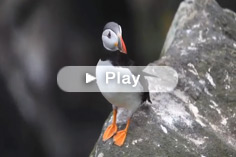

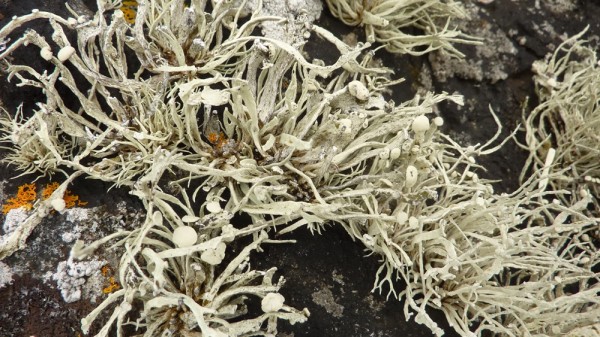
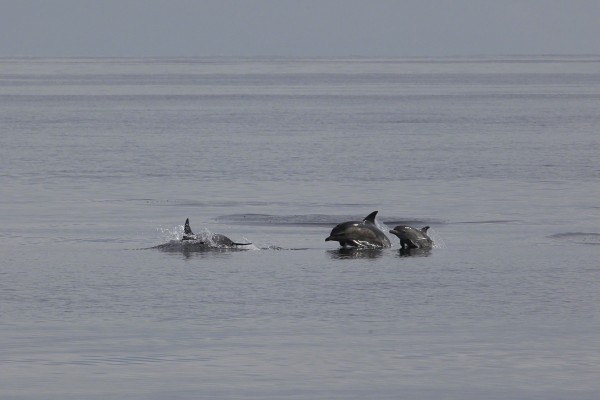
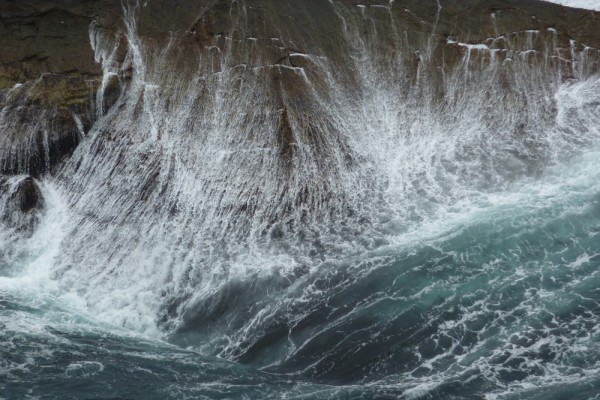
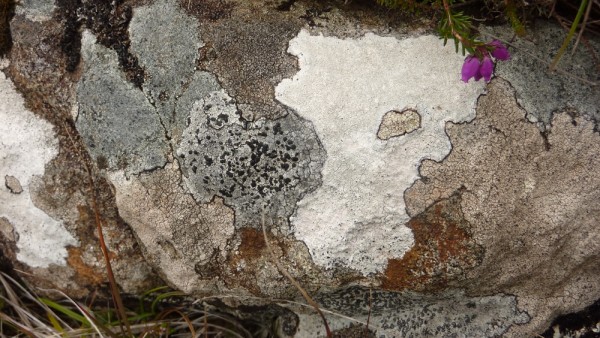
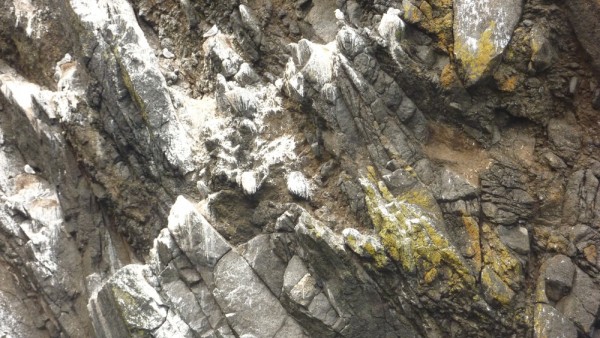

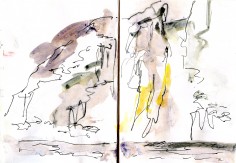
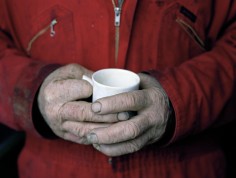
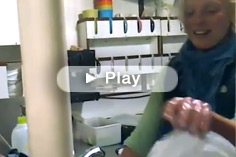


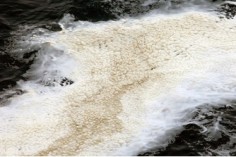
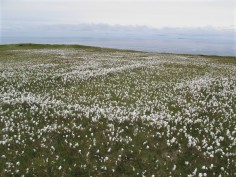

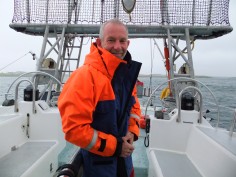








No Comments